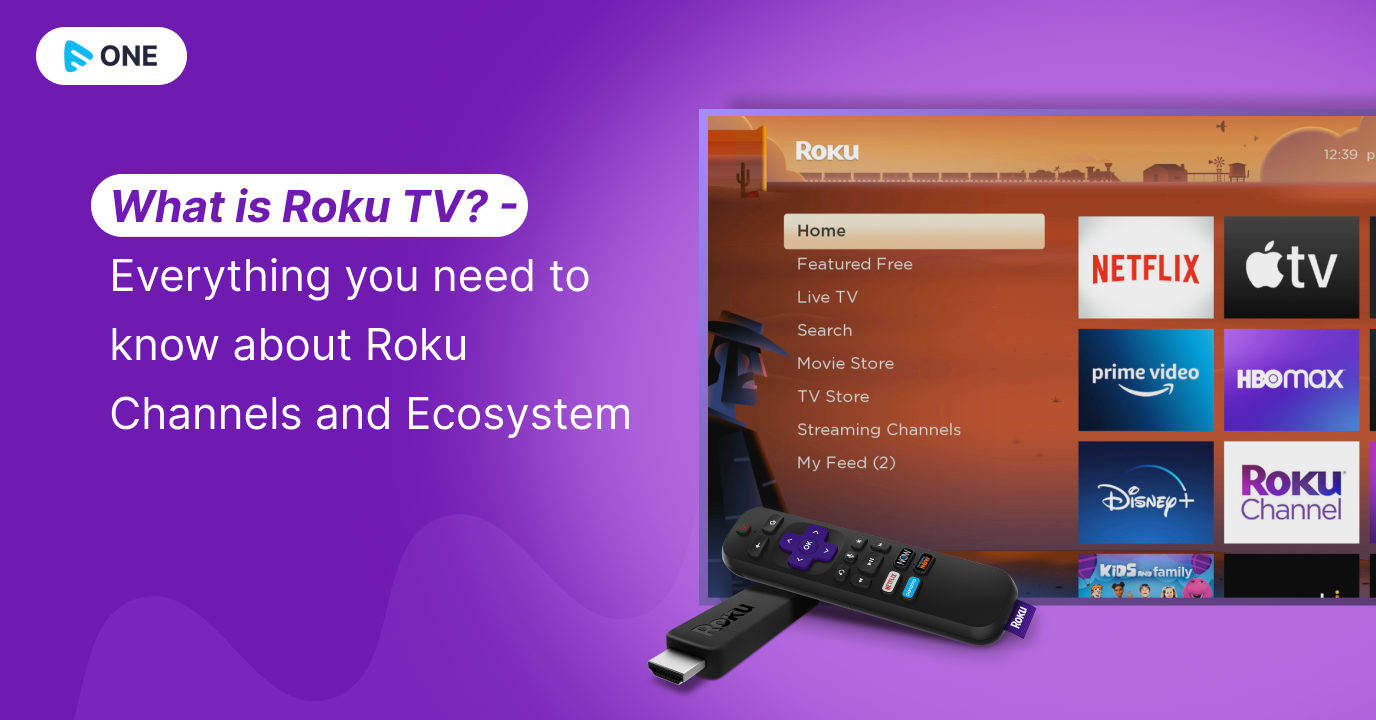Apollo Group Tv for Beginners
Apollo Group Tv for Beginners
Blog Article
Apollo Group Tv for Dummies
Table of ContentsSee This Report about Apollo Group TvExcitement About Apollo Group TvUnknown Facts About Apollo Group TvThe smart Trick of Apollo Group Tv That Nobody is Talking About
In this circumstance, instead of having three-minute commercial spots during a 30-minute television program, television programming may change to one where a customer will certainly be needed to have a regular monthly subscription, to make sure that they cen sight targeted banner ads. This kind of advertising and marketing currently occurs online, and the quantity of information television business accumulate allows them to do a lot the same.Explain the major fads amongst the broadcasting and cord networks. Popular radio shows such as police drama Dragnet and western cowboy collection Gunsmoke were adjusted for television, and brand-new Television programs were sponsored by solitary marketers, just as radio shows had been.
Today, the tv market is much a lot more complicated. Programs are sponsored by several marketers; shows is managed by major media conglomerates; and the 3 significant networks no more control the airwaves however instead share their visitors with many cable television channels. Numerous aspects represent these trends within the sector, consisting of technological developments, government regulations, and the creation of new networks.

Apollo Group Tv for Dummies
Also public tv has become based on the impact of marketing. Developed in 1969, (PBS) created out of a report by the Carnegie Commission on Educational Tv, which checked out the duty of instructional, noncommercial television on society. The report advised that the federal government finance public television in order to provide variety of programs during the network eraa service created "not to market products" yet to "improve citizenship and public solution (McCauley, 2003)." Public television was additionally meant to provide global accessibility to television for viewers in country areas or viewers that could not pay for to pay for exclusive television solutions.
The period in between 1950 and 1970 is traditionally identified as the. Aside from a little section of airtime controlled by public tv, the 3 major networks (referred to as the Big 3) dominated the television sector, collectively representing greater than 95 percent of prime-time watching. In 1986, Rupert Murdoch, the head of multinational business Information Corp, released the Fox network, testing the dominance of the Big Three.
Targeting young and minority audiences with programs such as Buffy the Vampire Killer, Moesha, Dawson's Creek, and The Wayans Bros., the brand-new networks wished to draw stations away from their old network affiliations. Rather than repeating the success of Fox, UPN and WB had a hard time to make an impact. Not able to bring in many associate stations, both recently established networks got to fewer houses than their bigger opponents due to the fact that they were inaccessible in some smaller sized cities.
This choice led the method for the advancement of cord motion picture networks, adding to the exponential growth of cable television in the 1980s and 1990s. apollo group tv. Further deregulation of cord in the 1984 Cord Communications Plan Act removed limitations on cable rates, making it possible for operators to bill what they wanted for wire services as long as there worked competitors to the service (a standard that over 90 percent of all cable markets can satisfy)
The Apollo Group Tv Ideas

Having produced the very first "superstation," Turner expanded his realm by establishing 24-hour information network CNN in 1980. At the end of the year, 28 nationwide programming news services were readily available, and the cable transformation had actually begun. Over the next decade, the market undertook a period of rapid development and appeal, and by 1994 viewers might select from 94 basic and 20 costs cable services.
Figure 9 - https://profile.hatena.ne.jp/apollogtv01/.16 Enhanced competitors from cable channels has actually caused a consistent decrease in the networks' audience scores. Throughout the 1950s, the cost of creating a solitary television show boosted as programs became much longer and manufacturing costs skyrocketed. Sponsorship on network tv shifted from solitary sponsorship, in which a program was entirely supported and generated by one marketer, to multiple sponsorship, in which advertisers got 1- or 2-minute places on the program
Each reaction must be a minimum of one paragraph. Pick among the Big Four networks and print out its regular programs timetable. Watch the network's prime-time programs over the program of a week, keeping in mind the target group for each program. Observe the advertising sponsors that support each show and compare exactly how the items and solutions fit with the desired target market.
How Apollo Group Tv can Save You Time, Stress, and Money.

Straight television, frequently described as typical program TV, encompasses cable television and satellite tv. It's called "straight" due to the fact that content follows an established shows schedule, unlike on-demand material which the private customer determines to watch based on their own preferences and schedule. So, when you ask, "What is direct TV?", think about it as the timeless way of viewing TV that has been around for decades.
Report this page